
As a rule, the attitude of the classical gardener to the moss on the site is sharply negative. What is the most common opinion about this plant? — This is an annoying weed pest that can displace cultivated plants and destroy the lawn. Therefore, a normal summer resident struggles with moss. But there is a type of this amazing plant that gardeners specially collect, buy or even breed. It is called Sphagnum. Its useful properties were noticed a long time ago, and therefore the attitude to it is special.
Properties and differences from other mosses
Sphagnum has an interesting structure, different from other mosses. This green organism does not have roots or at least rhizoids (filamentous formations of one or more cells to attach to the substrate). It grows in very humid areas, water for growth and development comes directly into the stem and twigs.
In addition to the cells in which photosynthesis occurs, the stem outside and inside has an abundance of large dead cells, of which only the shells remain. They accumulate water, and in very large quantities. These cells are the reservoirs have holes-pores. With their help, they absorb and condense water vapor, thus replenishing the supply of moisture for feeding living cells. Its volume can be 20 times the volume of the plant itself. It turns out a real natural sponge — this is how the name of this plant is translated from Greek.
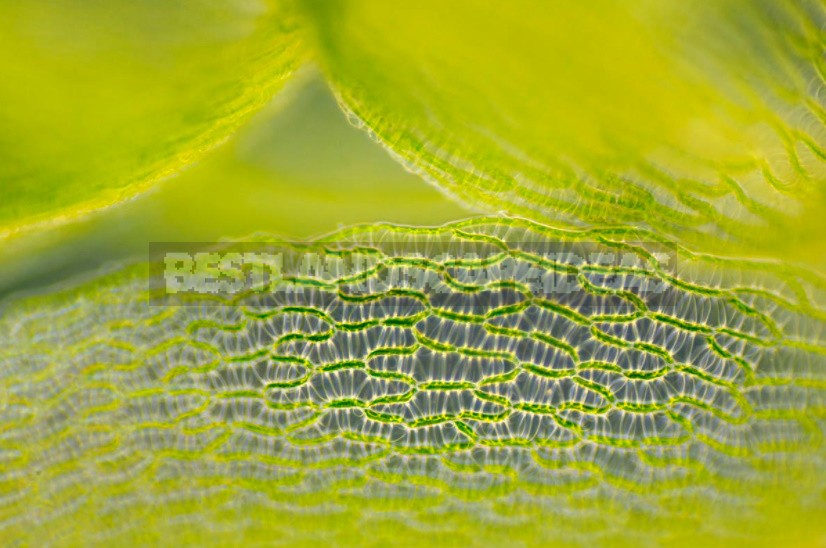
The color of sphagnum is much paler than that of other mosses, sometimes it is even called white. As mentioned above, it has no roots, unlike, for example, Polytrichum commune, with which it is often confused. The stem is branched with branches located in the upper part of it, which are placed in a spiral. At the top of the branches are collected in a shaggy head. The lower part of the stem is white-brown.
Where such mosses appear, there is a rapid formation of upper swamps. The lower parts of the plants die off annually, forming peat. In total, there are 320 species of sphagnum mosses, 42 are found in Eurasia.
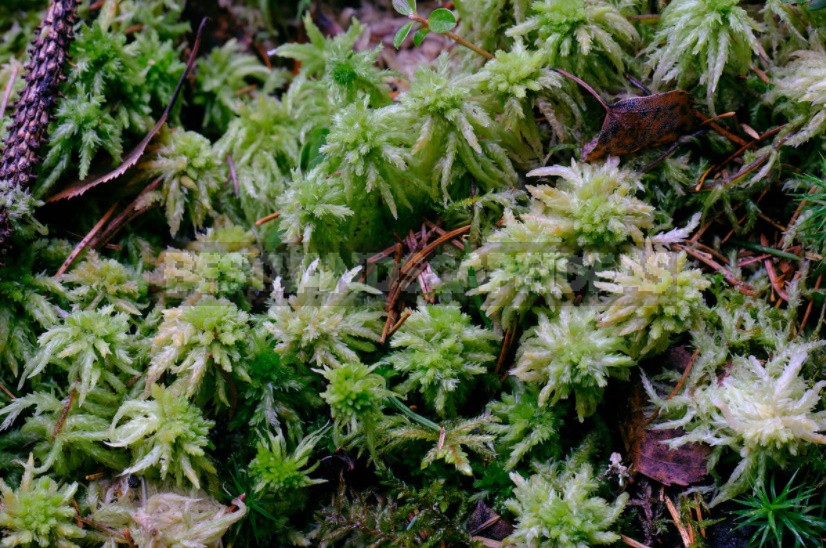
The most important features of this moss, which people have been using for their own purposes for many centuries, are as follows:
- exceptional ability to absorb large volumes of water (and gradually give it away);
- pronounced bactericidal properties;
- ability to increase the acidity of the environment.
Scope
Sphagnum moss has long been used for medical purposes. It was a real lifesaver for cuts and other injuries with skin disorders, as well as burns, frostbite, fungal lesions, psoriasis. And although this moss has been used as an antiseptic and antifungal agent for about 1000 years, its “secret ingredient”has recently been revealed. It turned out that sphagnum tissues are inhabited by special endophytic bacteria that inhibit the development of pathogenic microorganisms for humans and other plants.
Sphagnum was of great importance during the First and Second world wars. This unique vegetable raw material was used to make dressings on an industrial scale. Moss was collected from America to Iceland and Scotland.

Here is one of the facts: in 1918, great Britain spent about a million sphagnum bandages a month to help the wounded. They were pressed at the same factories where the shells were made. And given that in those years, sphagnum was often much more affordable than cotton, while, unlike cotton wool, it had bactericidal properties and 3-4 times greater hygroscopicity, it was truly irreplaceable.
Sphagnum bedding was used for bedridden patients to avoid the formation of bedsores. Women used this vegetable raw material for hygiene purposes, and representatives of the peoples of the North often use it now. Bog moss decoctions are useful for various diseases of the internal organs.

Previously, when building houses, sphagnum was used for wall insulation. And even now, those who want to build the most eco-friendly housing, choose it as the insulation of a log house. Heat-insulating mats for beehives are made from dry sphagnum by pressing. They are placed in bee houses before wintering. In areas where moss was easy to stock, farmers used its half-decomposed layer as bedding for livestock. Then the mixture of manure and sphagnum was exported to the garden, as it turned into an excellent fertilizer.
Application in horticulture
Now this moss is most often used in gardening and floriculture. It is known that it is not susceptible to any diseases, and at the same time protects other plants from various misfortunes. For example, if they wrap the bulbs of lilies or other bulbous before laying for storage, then almost certainly you will save your planting material from rot and other bacterial infections. It is good to lay sphagnum vegetables laid in the cellar: beets, carrots, onions.

Our subscriber shared their options for using moss. With its help, the beloved Lily was saved and multiplied with scales, and tomatoes collected unripe were perfectly matured.

Dry moss can be mulched garden beds and tree trunks of ornamental and fruit plants. To scatter sphagnum in the fall for planting winter garlic is very good. But keep in mind that sphagnum mulching is suitable for plants that prefer acidic soil. If you have access to a large volume of such moss, you can use it to improve the quality of heavy clay soil. Another use of sphagnum moss to maintain moisture and decorating of the soil in the pots of house plants, the manufacture of liners for hanging planters.

Cuttings of various crops successfully take root in swamp moss. You can propagate almost anything in this way-from figs and grapes to hydrangeas and roses. The roots of Gloxinia, Kalanchoe, Saintpaulia, Pelargonium, Dracaena, etc. develop well in wet moss.
It is good to mix sphagnum (no more than a quarter of the volume) in the ground for growing seedlings of tomatoes, peppers, eggplants. This disinfects the substrate, improves its structure and breathability. If you also mulch the ground under the seedlings with this moss, you will get excellent protection from the black leg. Watering plants is useful with water infused with sphagnum.
Special thanks can be given to marsh moss lovers of bonsai, orchids, and some succulents that are grown without using the land. Sphagnum acts as an ideal filler for planters or it is used in a mixture with bark, perlite and other materials, according to the needs of plants.
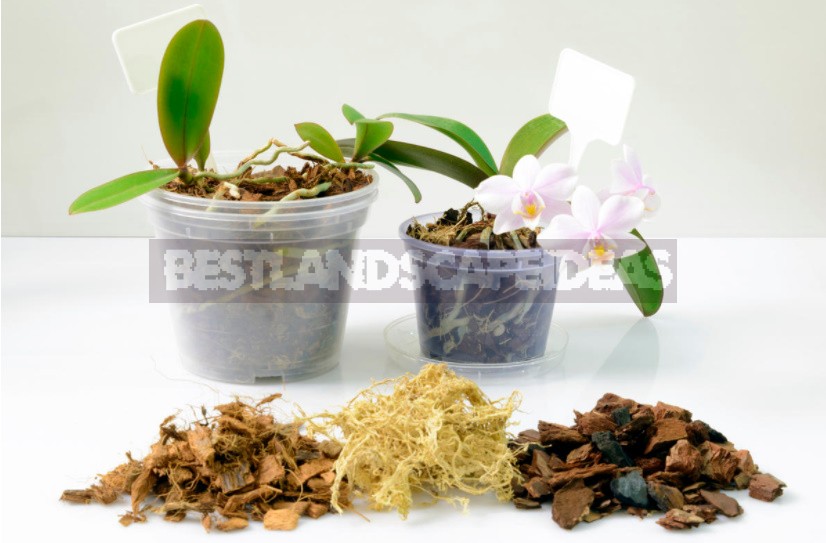
Sphagnum is also used for sending plants by mail. In the nursery, they are dug up, wrapped in a thick layer of moss and moistened, then Packed in plastic wrap. So the roots remain wet for quite a long time, and the plant reaches the recipient intact.
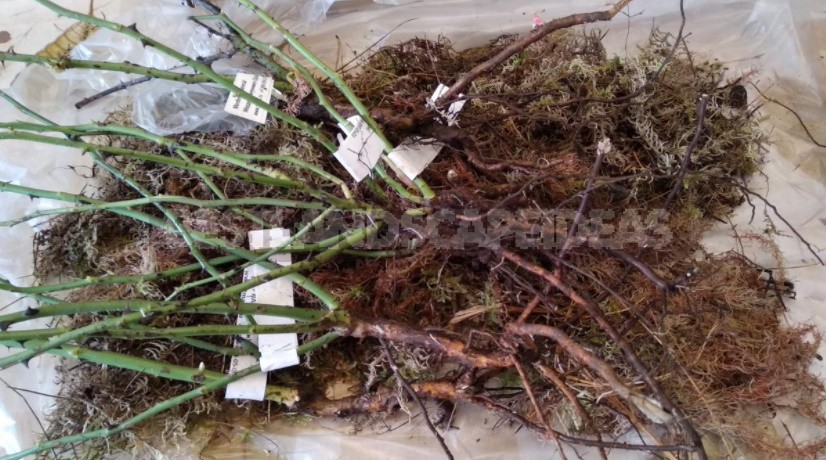
How to prepare
In its natural environment, sphagnum grows in tundra areas, wet forests, and swamps. Forms large pillows or dense soft carpets. To prepare a valuable product yourself, it is advisable to go away from busy roads and places where human life is raging. The fact is that mosses absorb moisture along with other substances contained in the environment, including harmful ones. And these plants have no ways to clean themselves.

It is desirable to collect moss in autumn, in swamps, in strips 20-30 cm wide, leaving untouched gaps of approximately the same size between them. It should be borne in mind that in places where moss grows, you may encounter snakes, so you need to be extremely careful. To reduce the weight of the product, the sphagnum is squeezed out and then put in bags.
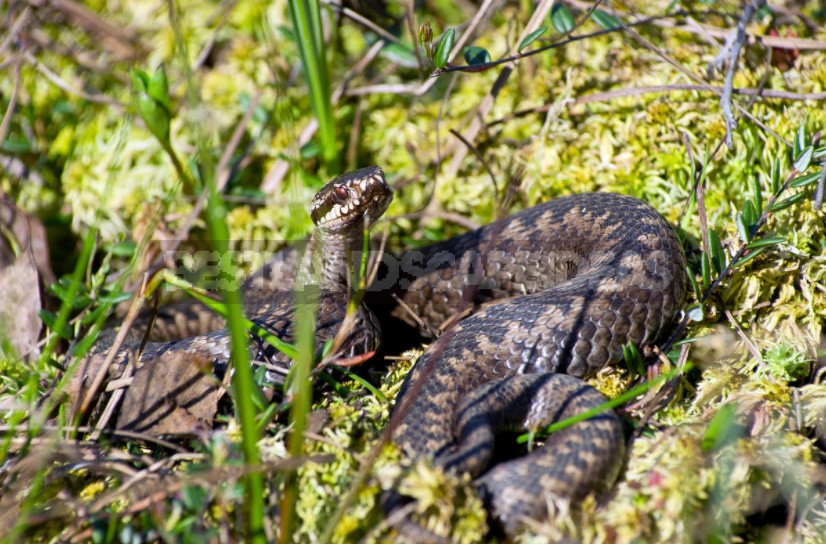
When you bring it home, you need to clean it from plant impurities, insects, and other things. Then spread out in a thin layer in the shade and turn regularly to dry evenly. Dried moss should be put in plastic bags and sent for storage in a cool place (lower compartment of the refrigerator, basement). Fresh moss can be frozen, and after thawing it will come to life again. If sphagnum does not grow in your region, you can buy it in gardening stores or order it online.
Before use, dry moss should be moistened and wrung out. Then, if you plan to use it in a limited volume of a flower pot or seedling container, it is advisable to put it in a colander and pour boiling water for disinfection. Swamp moss has bactericidal properties, but small insects and their eggs may well be in it.
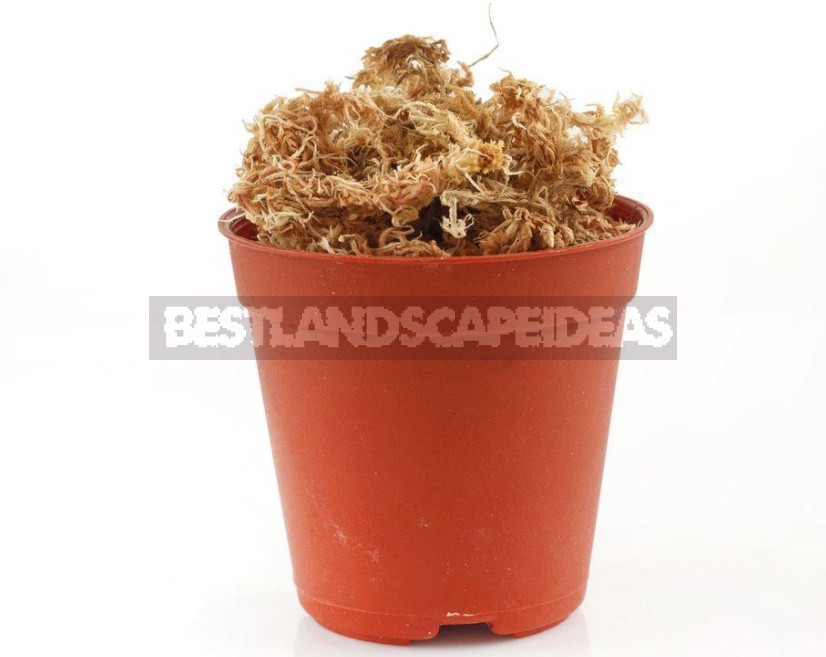
Sphagnum is a unique plant that does not have roots, but absorbs and retains a huge amount of moisture. This, as well as its bactericidal properties, are actively used by gardeners, gardeners and lovers of home floriculture. Marsh moss is a natural eco-friendly tool for improving and improving the soil, preserving planting material, and propagating plants. At the same time, it is necessary to remember about the property of sphagnum to acidify the soil, which can have a bad effect on the development of green Pets that prefer alkaline soils.

Have you ever encountered this amazing plant organism? Tell us in the comments where you used it and what you can recommend to other gardeners.
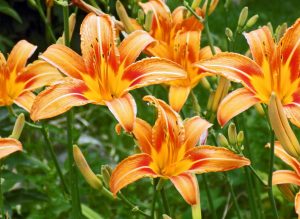
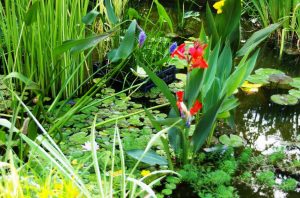

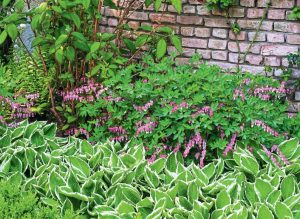
Leave a Reply